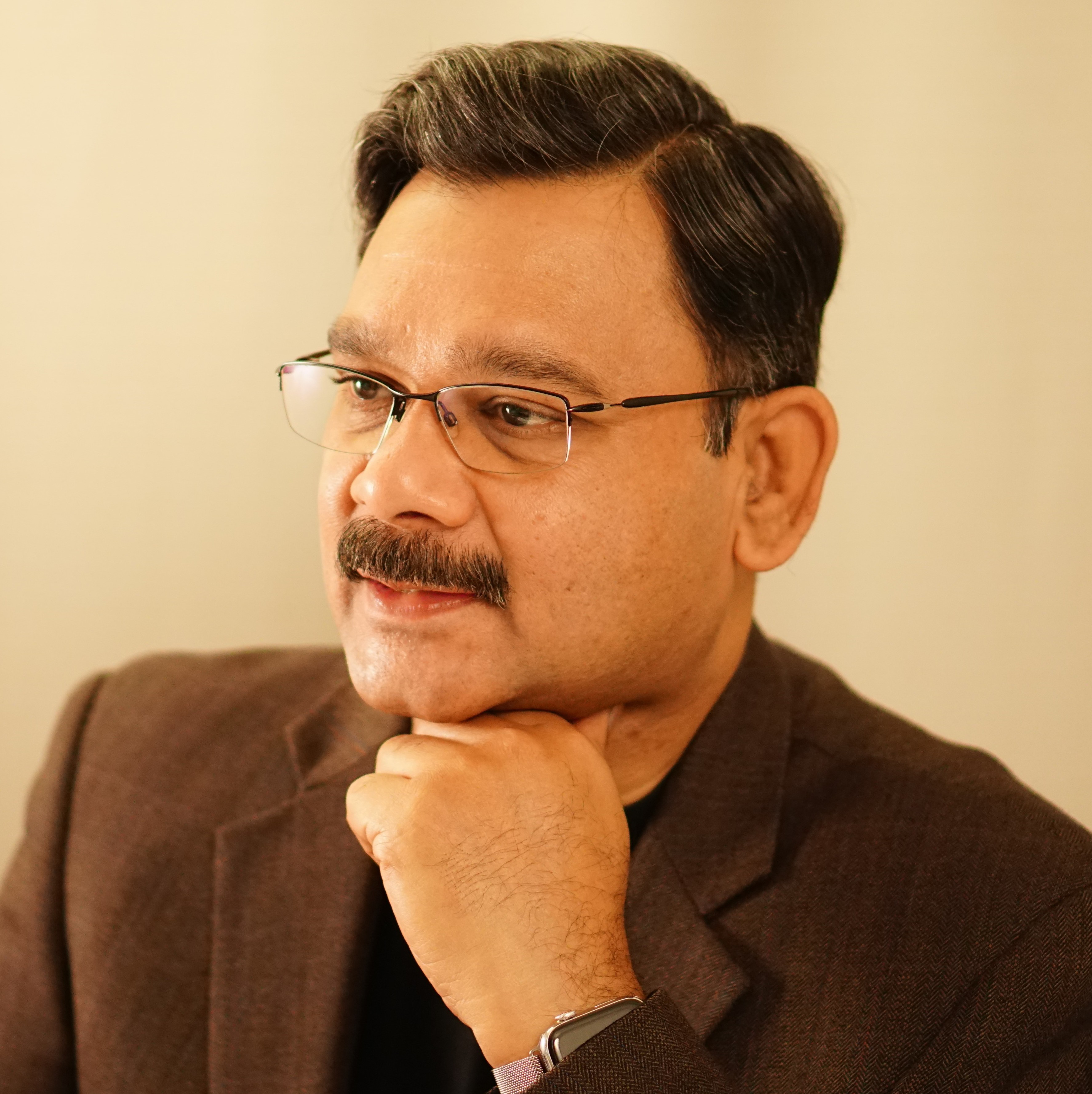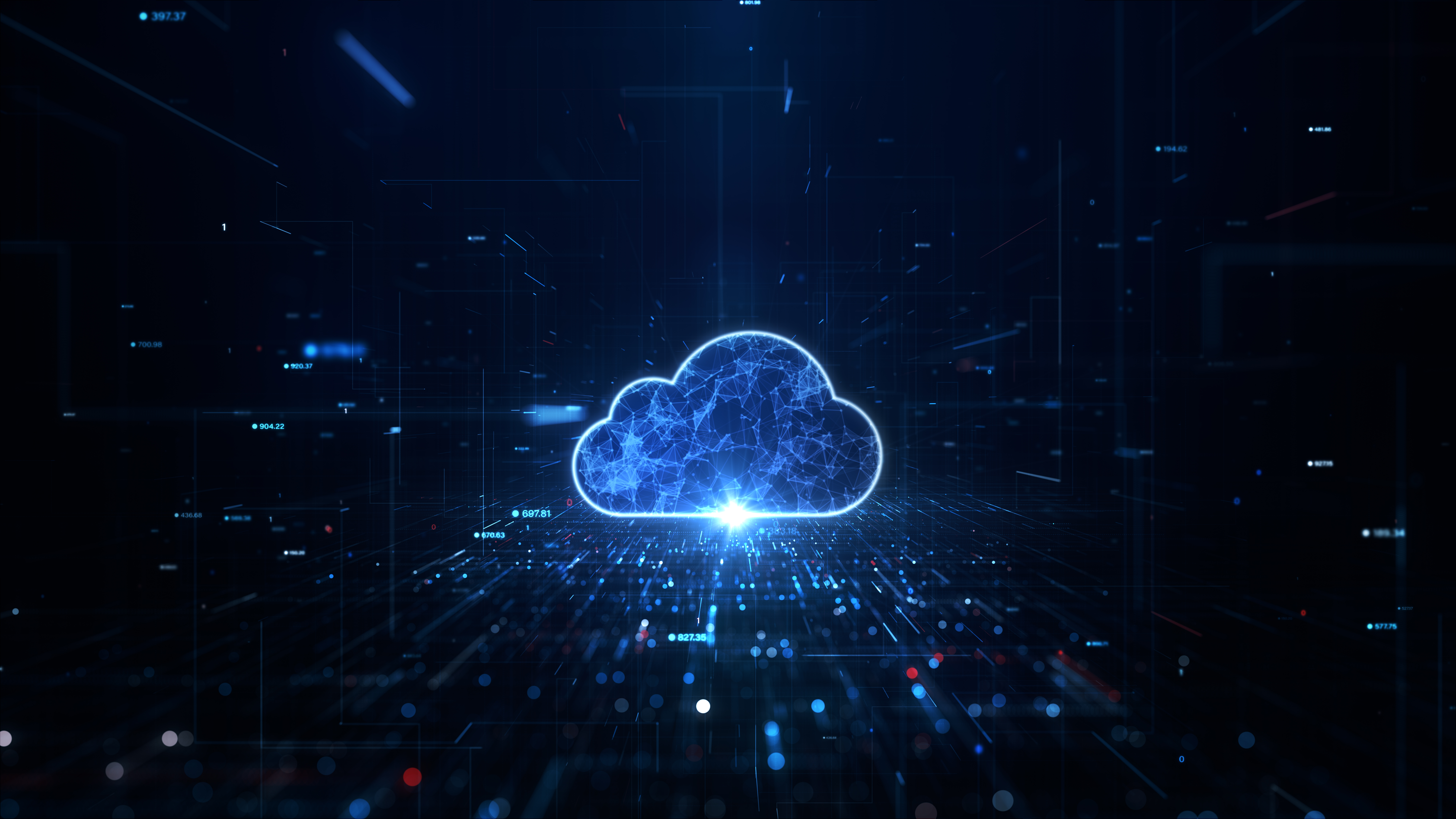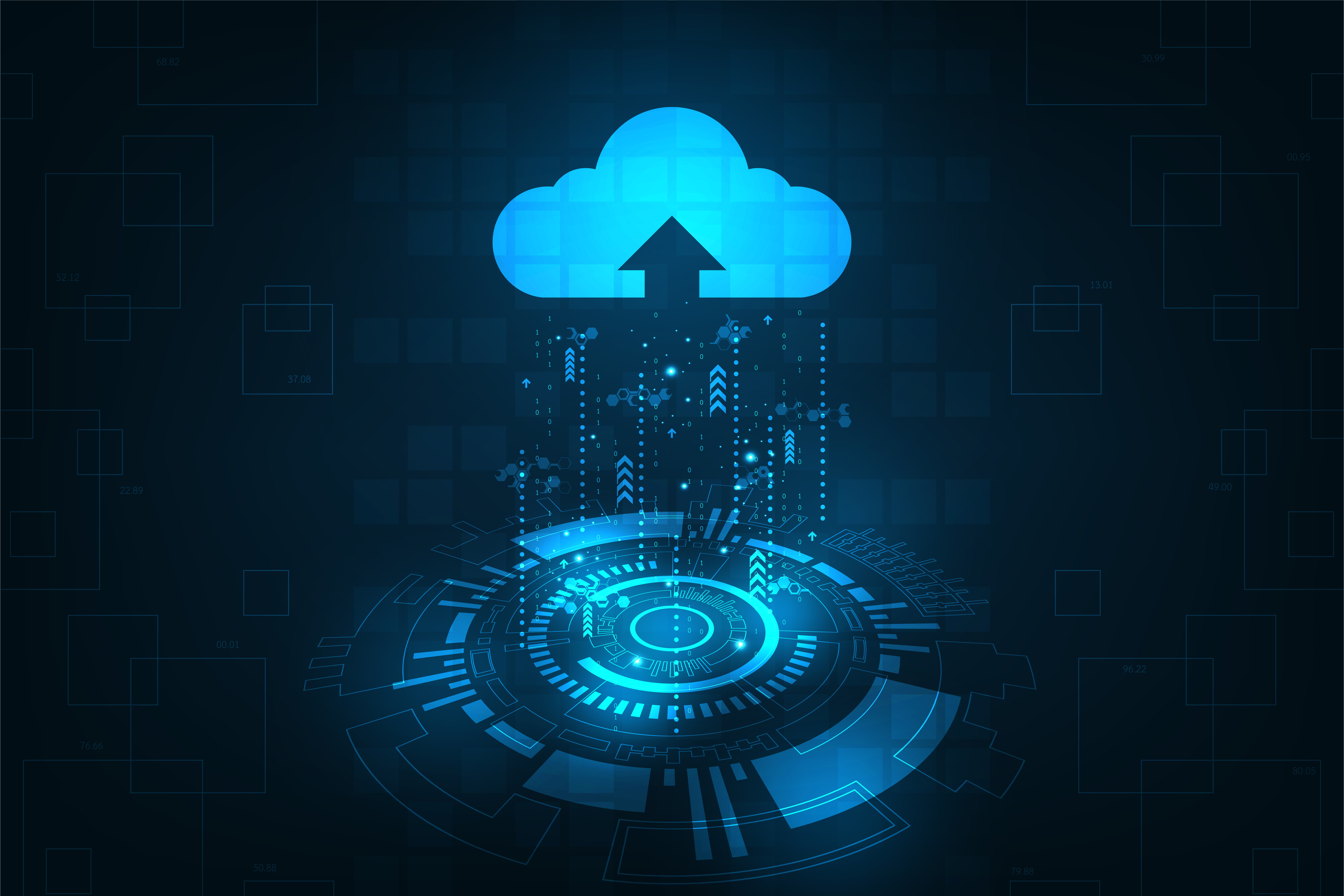 Shafi Syed . Jul 27, 2022 . 3 min read
Shafi Syed . Jul 27, 2022 . 3 min read
Can you migrate to Cloud without Code Change?
Cloud migration is a familiar and commonly used method of migration to the Cloud. As such, myriads of applications can be, and are, migrated to the Cloud seamlessly and efficiently with little to no effort on the part of the customer; this efficiency and effortlessness, however, does not apply to the removal of desktop applications and those that run on mainframes, as they are currently outside of the purview of cloud migration's capabilities.

The currently available technology, referred to as "Lift & Shift", is both effective and efficient, replicating servers without the need for any code change to the software itself. Most Cloud providers offer their own, proprietary tools for cloud migration, and it is this same technology that is being offered by multiple companies who have repurposed their disaster recovery products into those that enable and handle Cloud migration. So too does Corent offer a similar technology for Lift & Shift, with the added bonuses of a very powerful discovery and assessment tool, as well as modernization, all integrated with Lift & Shift. This packaging ensures that Corent’s solution goes well beyond that of Lift & Shift, leveraging the benefits of multiple Cloud technologies delivered within a single platform. And these various benefits, in turn, qualify Corent's MaaS as a compelling platform that performs discovery, assessment, cost analysis, migration, and modernization as an end-to-end solution for seamless and easy Cloud migration.

Is there something better than Lift and Shift?
Beyond Lift & Shift, MaaS has the unique capability to bring in around 80% to 90% in automation to modernizing applications that automatically move software components from PaaS services, such as DBaaS and App services, to containers and Kubernetes services. This process, of automating the movement of software components, can be directly performed from on-prem environments. In most cases, only configuration changes are required for the migration, as our scanning technology has access to all necessary software parameters to seamlessly migrate the software to the Cloud platform services, without the need for any software code changes. However, on some occasions, there are significant grounds upon which making software code changes are necessary, as to ensure compatibility and address any hardcoded software configurations in the software.
How is Migration done without affecting original software?

Migration can be done in one of 2 ways, both of which Corent is able to support. Corent is very unique in handling migration using either one of these methods with a high degree of automation, offering an integrated product to realize Lift & Shift and modernization.
- Infrastructure "Lift & Shift" Brief: The software on the entire server or virtual machine is copied "as-is" to a similar virtual machine on the Cloud. This is the most common method of migration to the Cloud, as it involves a rapid shift to the Cloud and no software code change.
- This migration method moves software from servers, of same type and size, to similar equivalents on the Cloud, which does not take full advantage of the Cloud itself.
- Fastest method to get to the Cloud, and preferred method by many; this is used particularly when customers need to shut down their data-centers to move from their current infrastructure's capital expense to Cloud operations expense.
- Proven method which does not require any change to software.
- This is considered as the first step towards the Cloud, followed by modernization.
- Application refactoring during migration Brief: This method involves changes ranging from OS and software component versions to a complete change of software and servers, at varying degrees. This involves mostly configuration changes and, in rare cases, some software code changes as well. Migration of this nature requires a better understanding of the software components, connections and interoperability of one's software modules. Most, if not all, of this can be achieved through advanced software scanners, and assessed with advanced AI driven analysis technologies, which are embedded as part of Corent's MaaS.
- OS and software component version changes are to keep up with the latest versions. In most cases, no changes to software are ever required.
- Restructured deployment of major software modules are moved to different virtual machines for scalability and performance. This is achieved though automatically installing the software components on different machines and synchronizing the data, followed by configuration changes to software.
- Replacing software components to different PaaS variations on the Cloud requires configuration changes.
- Containers and Kubernetes require different components of the software to be packaged as container structures and moved to Cloud into the container-managed services, such as Kubernetes. Containerization may require some software code changes, but, oftentimes, it is done though changes to configuration and installation scripts.

Differences between Lift & Shift and Advanced Smart migration
| Rapid Lift & Shift | Application smart migration |
|---|---|
| 1. This migration method moves servers from same type and size to the similar equivalents on the Cloud, which does not take full advantage of the Cloud itself. | 1. OS and software component version changes are to keep up with the latest versions. In most cases, no changes to software are ever required. |
| 2. Fastest method to get to the Cloud and preferred method by many, particularly when customers need to shut down their datacenters to move from their current infrastructure's capital expense to Cloud operations expense. | 2. Restructured deployment of major software modules are moved to different virtual machines for scalability and performance. This is achieved though automatically installing the software components on different machines and |
| 3. Proven method which does not require any change to software. | 3. Replacing software components to different PaaS variations on the Cloud requires configuration changes. |
| 4. This is considered as the first step towards the Cloud, followed by modernization. | 4. Containers and Kubernetes require different components of the software to be packaged as container structures and moved to Cloud into the container-managed services, such as Kubernetes. Containerization may require some software code changes, but, oftentimes, it is done though changes to configuration and installation scripts. |

Author: Shafi Syed


